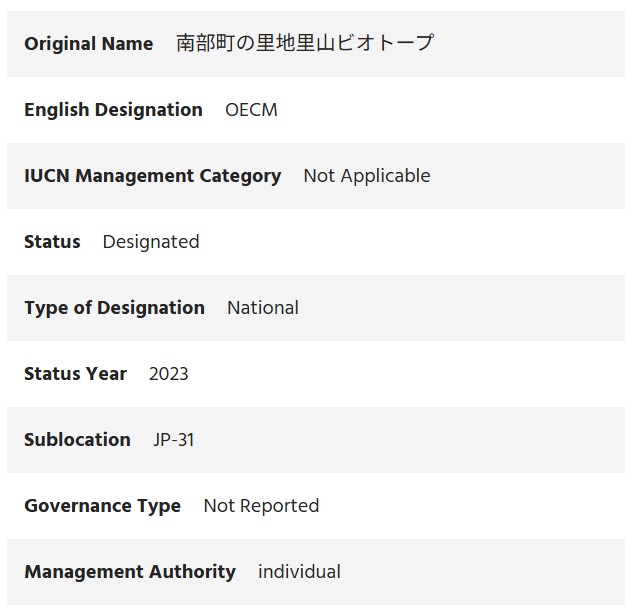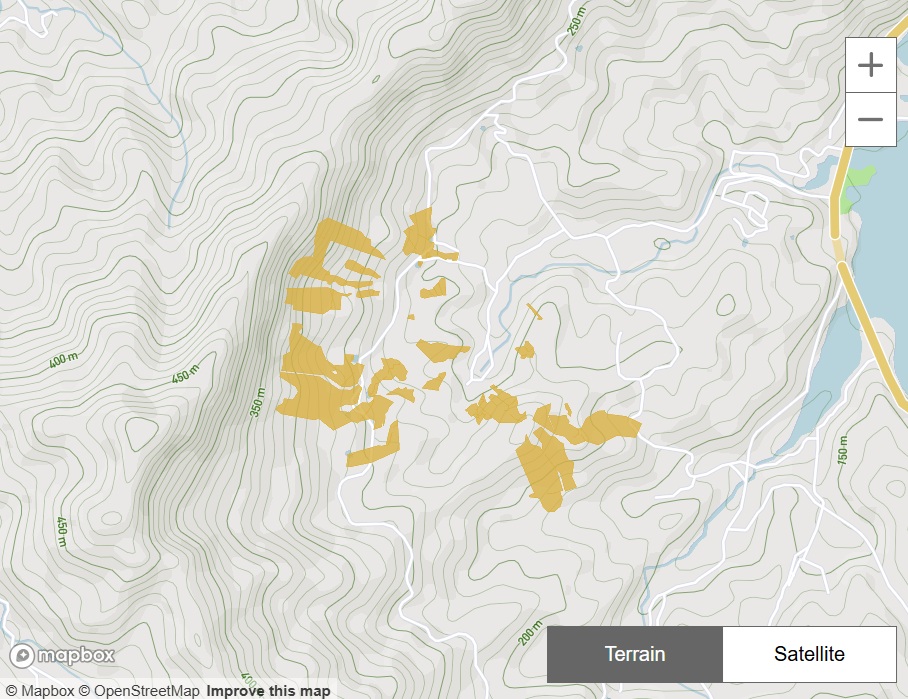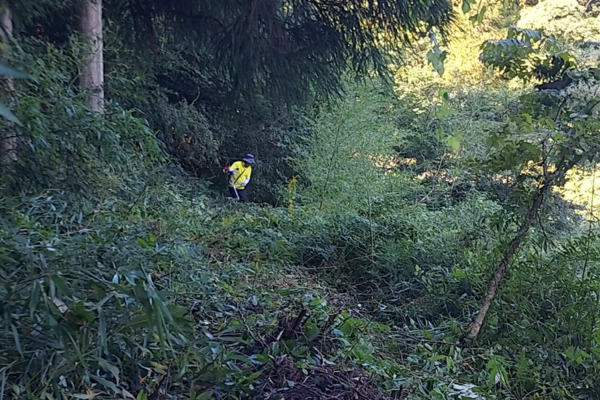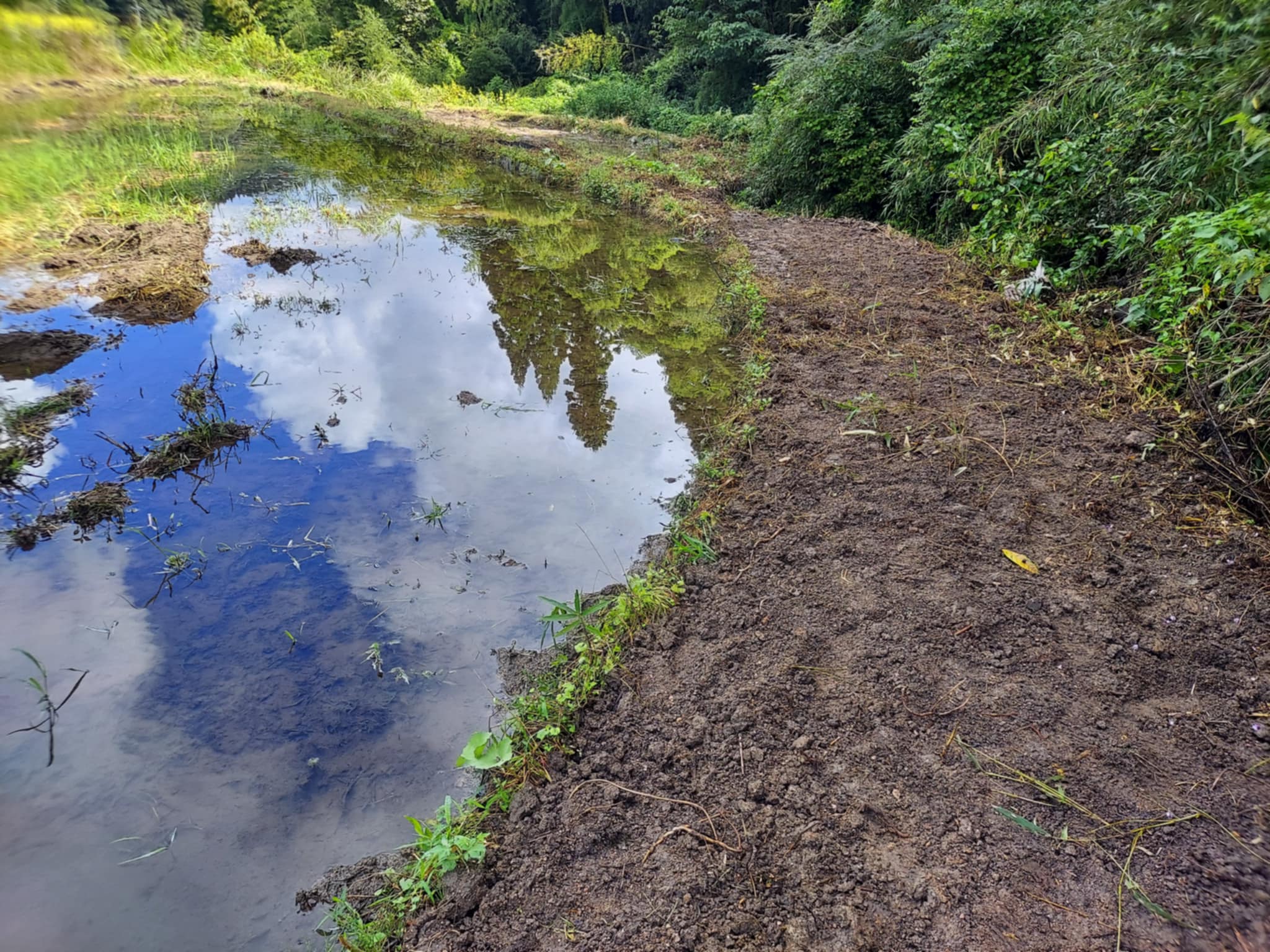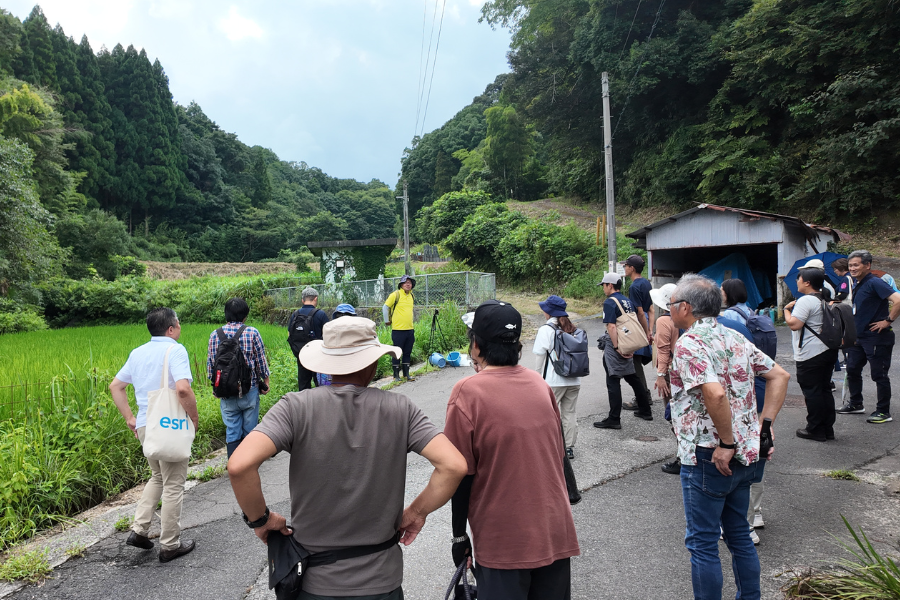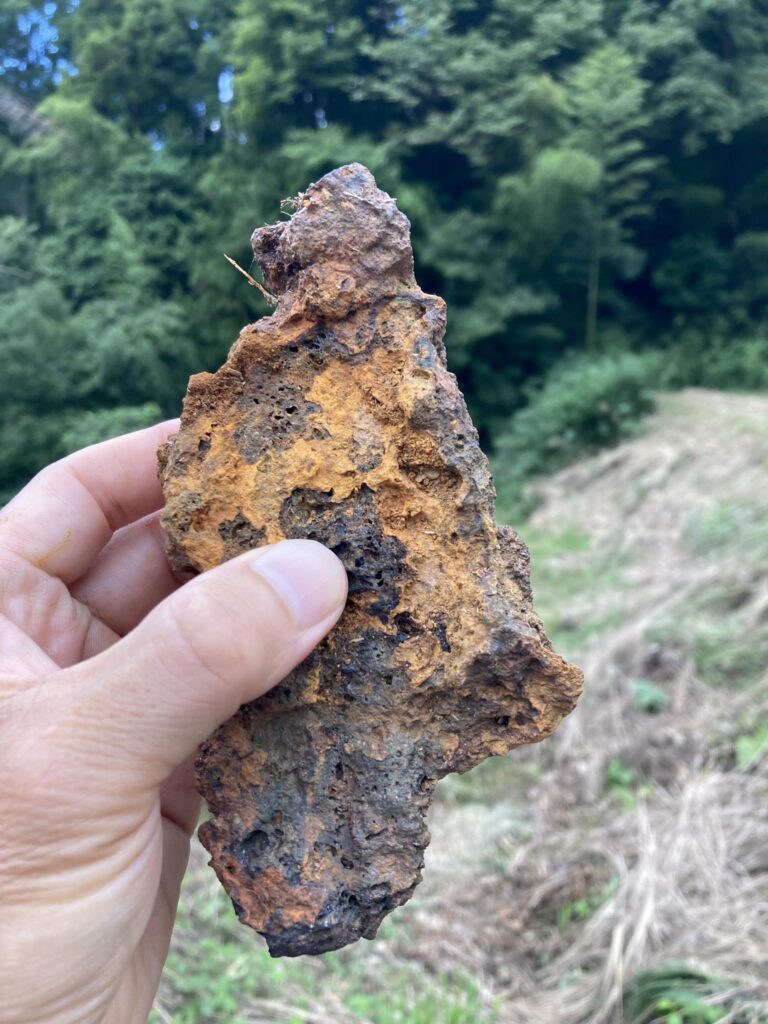Before introducing the Nanbu Satoyama Biotope, we explain Natural Coexistence Sites and 30 by 30.
Natural Coexistence Sites
A Natural Coexistence Site is a government-certified area where biodiversity is being preserved through private initiatives and other non-governmental efforts. Japan aims to conserve 30% of its land by 2030—this goal is called 30 by 30.

The 2th Biodiversity Crisis (Crisis of Satoyama)
Why focus on biodiversity in Satoyama?
Due to depopulation and lifestyle changes, natural use and management of Satoyama has declined, disrupting ecosystem balance and leading to the loss of plant and animal diversity. This is referred to as the Second Biodiversity Crisis, also known as the Crisis of Satoyama.
According to the Ministry of the Environment, Satoyama refers to "areas located between urban spaces and primary nature, including farmland, forests, ponds, and grasslands, shaped and maintained by human activity."
What happens in our everyday surroundings is actually a biodiversity crisis.
Nanbu Satoyama Biotope
All of Nanbu Town is designated as an Important Satoyama Area by the Ministry of the Environment. The Nanbu Satoyama Biotope is located in a mountainous settlement within this area. Once thriving due to Tatara ironmaking, it is now maintained as a rural community through agriculture and forestry.
Registered in the International Database
The Nanbu Satoyama Biotope is registered in the international database.
Site Features
南部町下中谷を囲む1.8haの田畑、雑木林、人工林、ため池が自然共生サイトに認定されています。
1.Scope
The certified area covers 1.8 hectares around Shimōnakatani. It features natural environments maintained by human intervention, including rice fields, secondary forests, artificial forests, and ponds.
2.Environment and Ecosystem
Nanbu Town historically struggled to secure agricultural water, leading to the construction of many ponds. The biotope is home to organisms living in these human-made water areas, supporting rare plants and animals.
3.Management
Most of the 1.8-hectare area is maintained by landowners through agriculture and forestry. About 1,000 m² of unused rice fields were converted into rice-field biotopes, which are now used for hands-on experiences and training.
Site Challenges
The forests of settlements once thriving with Tatara are reaching the age for harvesting. Without intervention, dark, overgrown forests prevent sunlight from reaching the ground. We aim to restore bright, sunlit Satoyama landscapes, though many challenges remain
1.Darkening Forests
Due to industrial changes, forests no longer undergo natural renewal. Secondary forests that haven’t been cut since Tatara times are aging, and maintenance is required, but few people intervene today.
2.Mowing in the Heat
From June to August, mowing is essential for Satoyama maintenance. Working in extreme heat is one of the most challenging tasks.
3.Heavy Freshwood
Freshly cut wood is extremely heavy, far heavier than one might expect. Historically, people easily carried branches, but today it is difficult without assistance.
4.Heavy Machinery and Skilled Operators
Some maintenance tasks cannot be done manually. Access to machinery and trained operators is essential for sustainable upkeep.
Site Vision
We present our vision of Satoyama through 30 by 30 and Nature-Positive initiatives.
Sunlit Satoyama
y mowing grass, collecting fallen branches, and producing charcoal, we aim to restore the bright Satoyama where sunlight reaches the ground.

